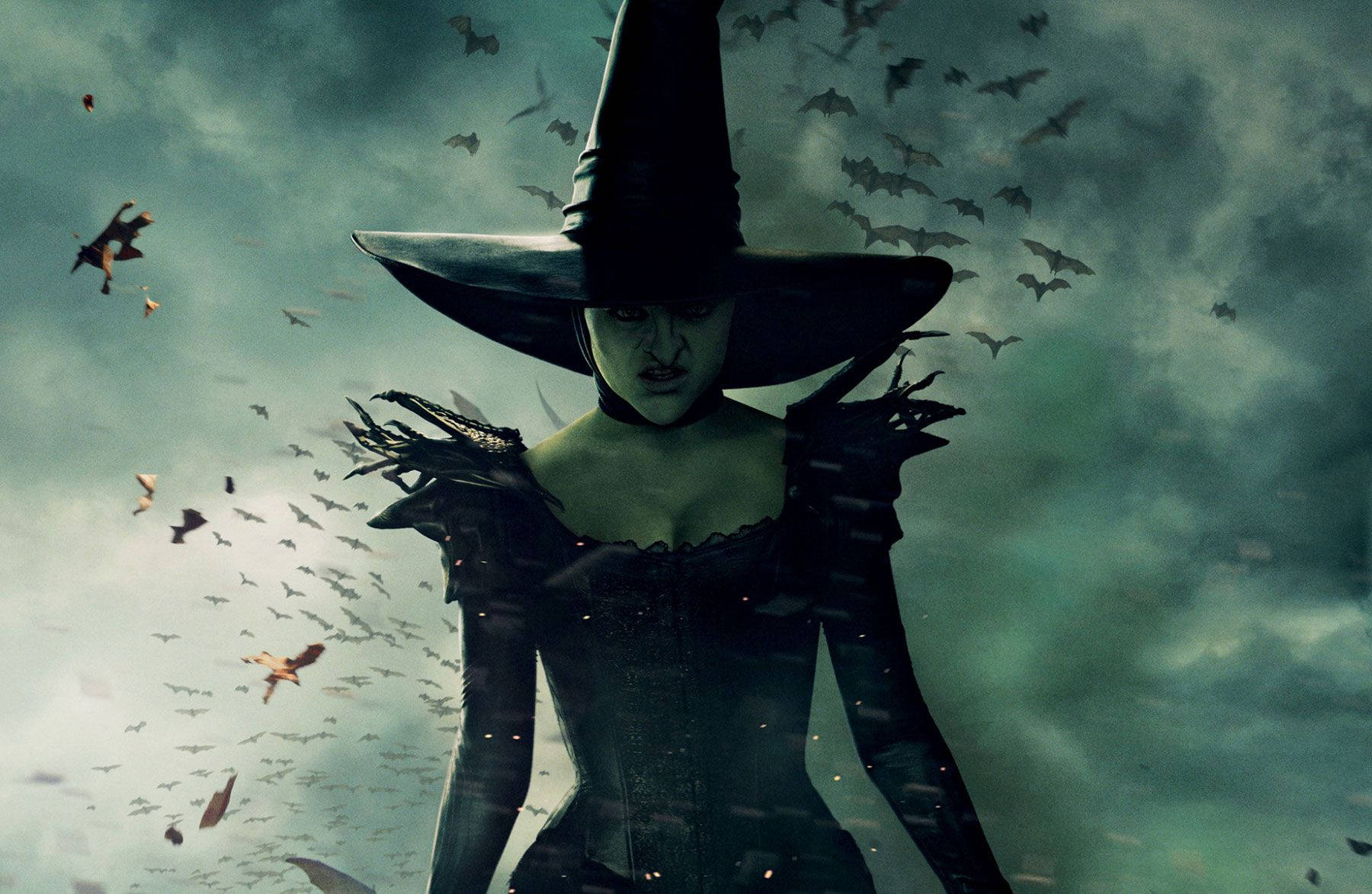
FAQ About Magic in the Middle Ages
Magic in the Middle Ages
2 years ago | gizem
Did the Church have an official stance on magic, and did it change over time?
Yes, the Christian Church had an official stance on magic, and this stance evolved over time. The Church's position on magic was primarily influenced by its interpretation of biblical teachings, theological beliefs, and its efforts to maintain religious authority and control over the spiritual realm. Here is an overview of how the Church's official stance on magic changed over time:
- Early Christian Period: In the early centuries of Christianity, the Church viewed all forms of magic as incompatible with the Christian faith. Early Christian writings, such as the New Testament, condemned sorcery and occult practices as acts of paganism and idolatry.
- Late Antiquity and Early Middle Ages: During this period, the Church's opposition to magic intensified. Theological figures like St. Augustine of Hippo and St. Thomas Aquinas viewed magic as sinful and a violation of the First Commandment (You shall have no other gods before me). The Church actively worked to suppress magical practices, which were often associated with pagan beliefs and practices.
- Medieval Period: As the Middle Ages progressed, the Church's position on magic became more nuanced. Scholars within the Church, particularly those influenced by Neoplatonic and Aristotelian philosophies, recognized a distinction between natural magic (magia naturalis) and demonic or diabolical magic (magia malefica). Natural magic, which was seen as part of the natural order, was considered morally acceptable, while demonic magic was condemned as evil.
- Syncretism with Folk Practices: During the medieval period, the Church attempted to assimilate certain folk practices into Christianity, allowing some elements of magical or folk healing practices to be incorporated under the supervision of the Church.
- Later Middle Ages and Early Modern Period: The Church's stance on magic became more rigid and hostile during the late medieval and early modern periods. The papal bull "Summis Desiderantes Affectibus," issued by Pope Innocent VIII in 1484, authorized the inquisition to investigate and prosecute witchcraft and sorcery. This bull marked a turning point in the Church's approach to magical practices and set the stage for the infamous witch hunts and trials of the following centuries.
- Witch Hunts and Inquisitions: From the late 16th century to the 17th century, the Church played a significant role in promoting and endorsing witch hunts and inquisitions. Church officials and clergy were actively involved in the prosecution and persecution of those accused of practicing magic or witchcraft.
